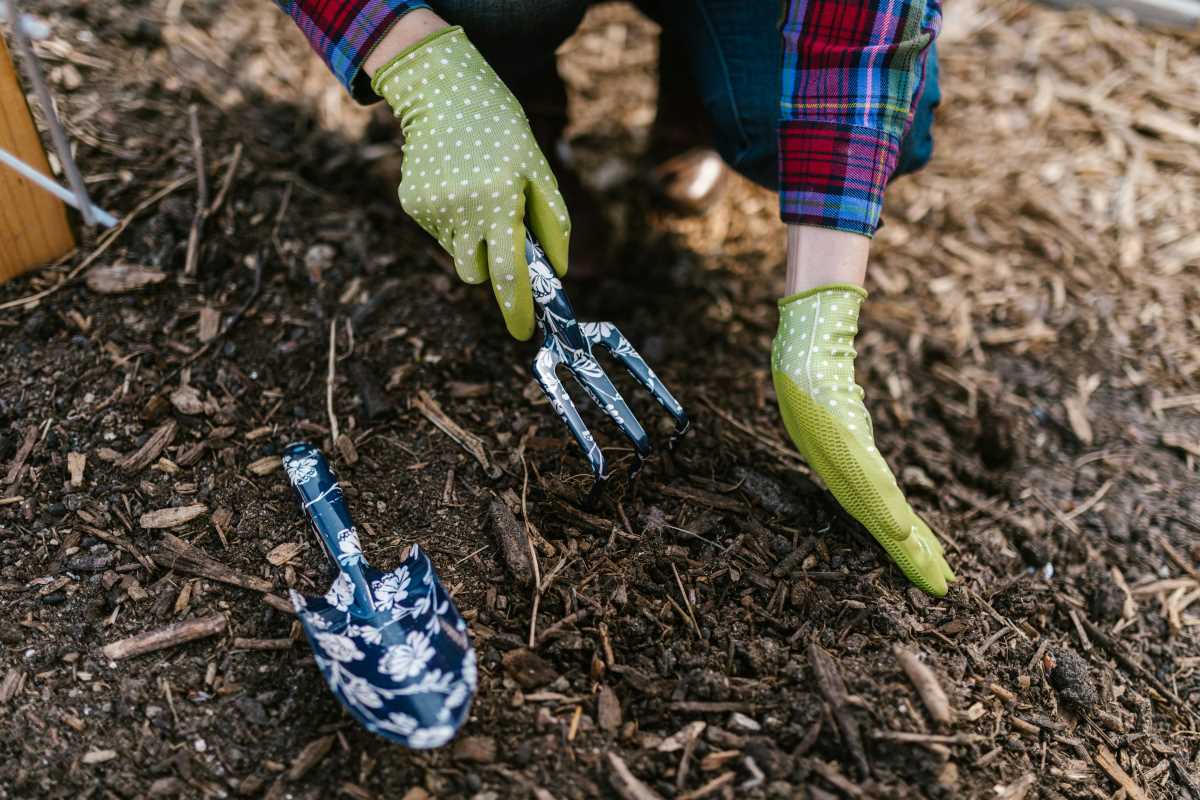Fresh herbs brighten up any kitchen and make home-cooked meals even more delicious. Starting an urban herb garden lets you experience the joy of growing your own ingredients, even if you only have a balcony, windowsill, or small patio to work with. These compact gardens not only offer a steady supply of flavorful additions for your favorite dishes but also add a splash of green to your living space. With simple preparation and regular attention, you can watch your herbs thrive and enjoy their fragrance and taste throughout the year, right at your fingertips.
The process may seem challenging at first, but it quickly becomes a rewarding hobby that brightens your space and your meals. You will discover that even in a limited area, a careful choice of herbs and clever setup can transform a tiny balcony or windowsill into a personal sanctuary of flavor and scent.
Selecting the Best Herbs for Urban Settings
Begin by choosing herbs that thrive in the conditions found in city environments. Consider herbs like basil, mint, rosemary, and thyme, which adapt well to container life and can flourish even when space is limited. These herbs not only add taste to your dishes but also bring pleasant aromas that counter urban odors.
Think about the amount of sunlight available in your space. Some herbs need plenty of light, while others do well in partial shade. Experiment with a mix of varieties to see which ones perform best, and remember that many herbs grow well in a contained environment when you give them the right balance of water and soil nutrients.
Setting Up Your Urban Herb Garden: Containers, Light, and Space
Gather a variety of containers suited to your space. Pots, window boxes, or even repurposed items like old teacups can serve as homes for your herbs. Make sure each container has good drainage and fits the size of the plant you want to grow. Position your containers where they receive enough sunlight, such as a sunny window ledge or a small balcony.
Organize your space cleverly to ensure each herb gets the attention it needs. Rotate your pots periodically to balance the light exposure and consider using vertical planters if ground space is limited. This creative approach allows you to enjoy a range of herbs without needing a large garden area.
Year-Round Care: Watering, Pruning, and Pest Control
Keep your herb garden in excellent condition throughout the year by giving it routine care and attention. Follow a regular schedule for watering and check the soil moisture often to avoid overwatering or dryness. Proper pruning encourages new growth, and occasional trimming keeps the plants compact and manageable.
- Water early in the morning or late in the afternoon for best results.
- Use organic fertilizers to maintain soil health without harming the plants.
- Inspect leaves regularly to spot signs of insects or disease early on.
- Prune each herb properly; removing spent leaves and flowers promotes continuous production.
Watch out for pests. Instead of using harsh chemicals, choose natural remedies like neem oil or a mild soap solution. These methods keep your herbs safe while addressing any infestations effectively.
Performing regular care and taking simple preventive steps will keep your herbs fresh and flavorful. Adjust your approach with minor tweaks during seasonal changes to maintain healthy plants all year round.
Maximizing Your Harvests in Small Spaces
Extract the most from a compact garden by planning carefully and making routine adjustments. Break your tasks into manageable parts to boost your harvest and enjoy a plentiful yield even in a modest setting. Focus on practical steps that remove guesswork and highlight easy-to-follow methods.
Follow these actionable steps to create a productive growing area:
- Plan your layout carefully; assign positions for each herb based on its sunlight and water needs.
- Buy quality soil and organic compost to enrich your container gardens.
- Harvest regularly and replant to keep the soil active.
- Adjust watering routines depending on seasonal changes and local weather, making sure your herbs stay moist without waterlogging.
Staying flexible and organized helps you experiment with spacing and plant arrangements that make the best use of your space. A little trial and error can reveal surprising solutions, even in tight urban areas.
Monitoring growth and making small adjustments will help you gradually improve your setup, ensuring each harvest is more satisfying than the last. Change your garden plan over time as you learn your herbs’ unique rhythms.
Creative Ideas for Using Your Urban Herb Harvest
Your abundant herb collection opens many flavorful possibilities. Fresh basil enhances a tomato salad, while mint adds a lively touch to iced drinks and salads. Use your harvest in everyday recipes, or try making homemade teas and infused oils for a gourmet touch at home.
When your herbs begin to flower, dry them for later use or create your own herbal seasoning blends. Incorporate them into unexpected dishes like gourmet pizzas or unique desserts. This hands-on approach makes cooking more fun and ensures that you appreciate every part of your garden’s yield.
With care and creativity, you can fill your small space with fresh flavors. Savor each step, knowing every leaf enhances your daily meals.
 (Image via
(Image via





